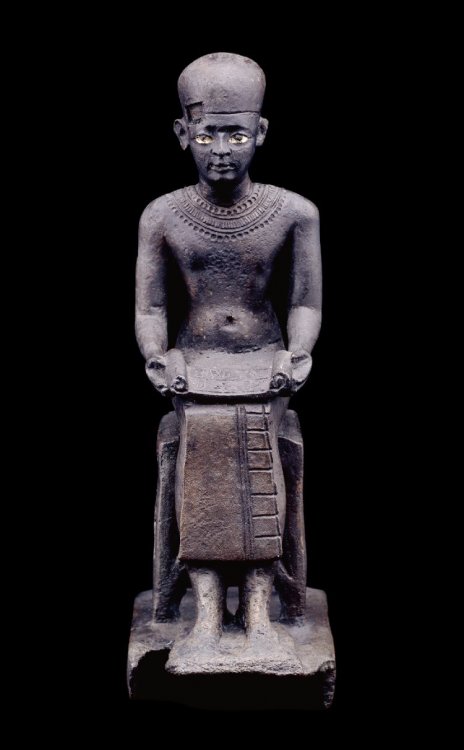Between 3000-1500 BC. Urban composition appeared in different points in the world for example Egypt, Mesopotamia etc. Each area had a private and specific condition and also in those ages they don’t have that much communication among cities and kingdoms like today. All these information proved that these are some reasons why they have different and separate religious and political perspectives and rules.
In these ages religious and political systems shouldn’t be considered as separate from each other, for example in ancient Egypt empire was ruled by the god-kings. Furthermore in Sumerian temples in the interior part there was an altar made for giving sacrifice to feed the god. From my own observations, I understand the difference between today’s architecture and the ancient architecture. Between the 3000-1500 BC. Architecture was used as a tool that amazed people and forced them to obey the religion and the gods with its interesting geometrical forms, huge elements and wall ornaments rather than thinking how can I design a structure to facilitate the daily life and make it functional like we do in this modern age. Ziggurats and Pyramids are the two structures discussed to examine this issue.
Ziggurat means stairways to heaven, it’s been believed as a center of the world by Sumerians. It has a layered structure with a number ranging from 2 to 7. Ziggurats, which characteristically resemble the pyramids but are separated by some structural differences, have a flat structure unlike the pyramids. There are temples in the top layer of the Ziggurats and it has been surrounded by the ramps to climb these temples.

Pyramids symbolizes continuity of the day life into other life. What I notice when I reading this article is in Harappan culture, they built high walls to protect the people from flood rather than building high religious temples just for reverends into the city. People aware of the history science in this age and they started to build monumental structures. The structures in this period was made of natural materials like stone of course but the perception of architecture away from taking nature as an example.

Urban elite created a division of labor for complex tasks and it created a written language for agricultural products. City itself became a type of language they discovered the potential of reproducible arch system that has hierarchy in its walls, water management in canals, circulation of streets. In the city of Ur houses were single structures of mud brick with several rooms wrapped around the open court. The Mesopotamian courtyard house was the primary cell of the city.
Condition to produce these architectural systems like dikes and canals lead social system for example in Sumerian elites have been separated by architects by designing saved enclosures. The valley temple of Khafre has been created with indirect passages to a T-shaped hypostyle hall which full of columns, there are 23 columns in that room and each one represents the one organ of his body.
Pyramids are another crucial structural design for these ages. Giza the monuments of hope has a concept of rays of the sun because god-king of ancient Egypt Ra wanted rays as a ramp under his feet. We do not have any document or evidence for explaining how the Giza was constructed but I totally agree with the idea of the Giza is a result of religious devotion which based on pressure
Although the rugged landscape of the Nile River and its surroundings makes it difficult for construction orthogonal planning come naturally, there are also disadvantages which came from the quality of the desert/sand. Pyramid’s great mass differ a fitting response to the flatness of the desert. Imhotep is mentioned in this article not because he is the high priest of RA because of he is regarded as the first architect in history. He is the designer of the step pyramid, He may also have been responsible for the first known use of stone columns to support a building.
